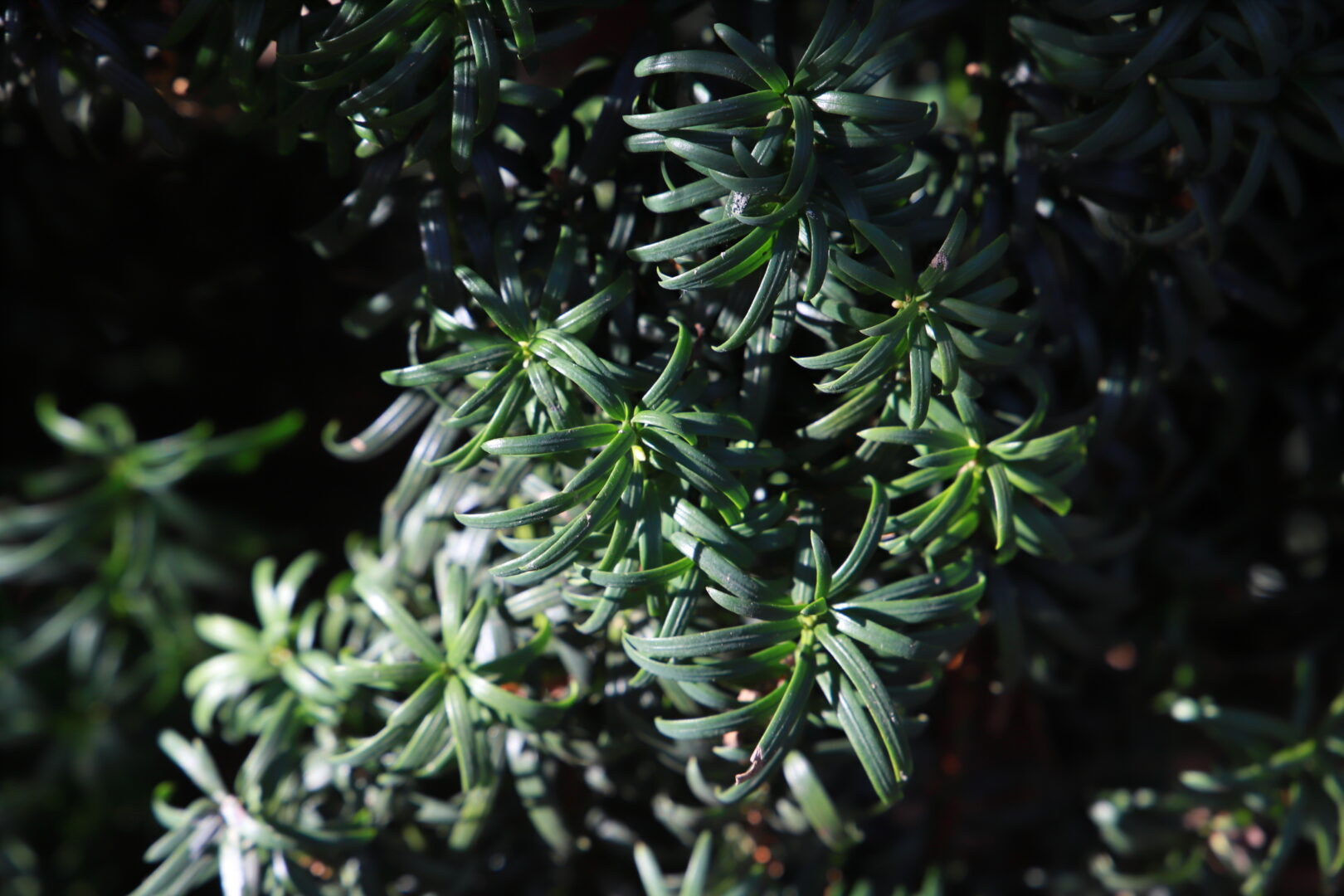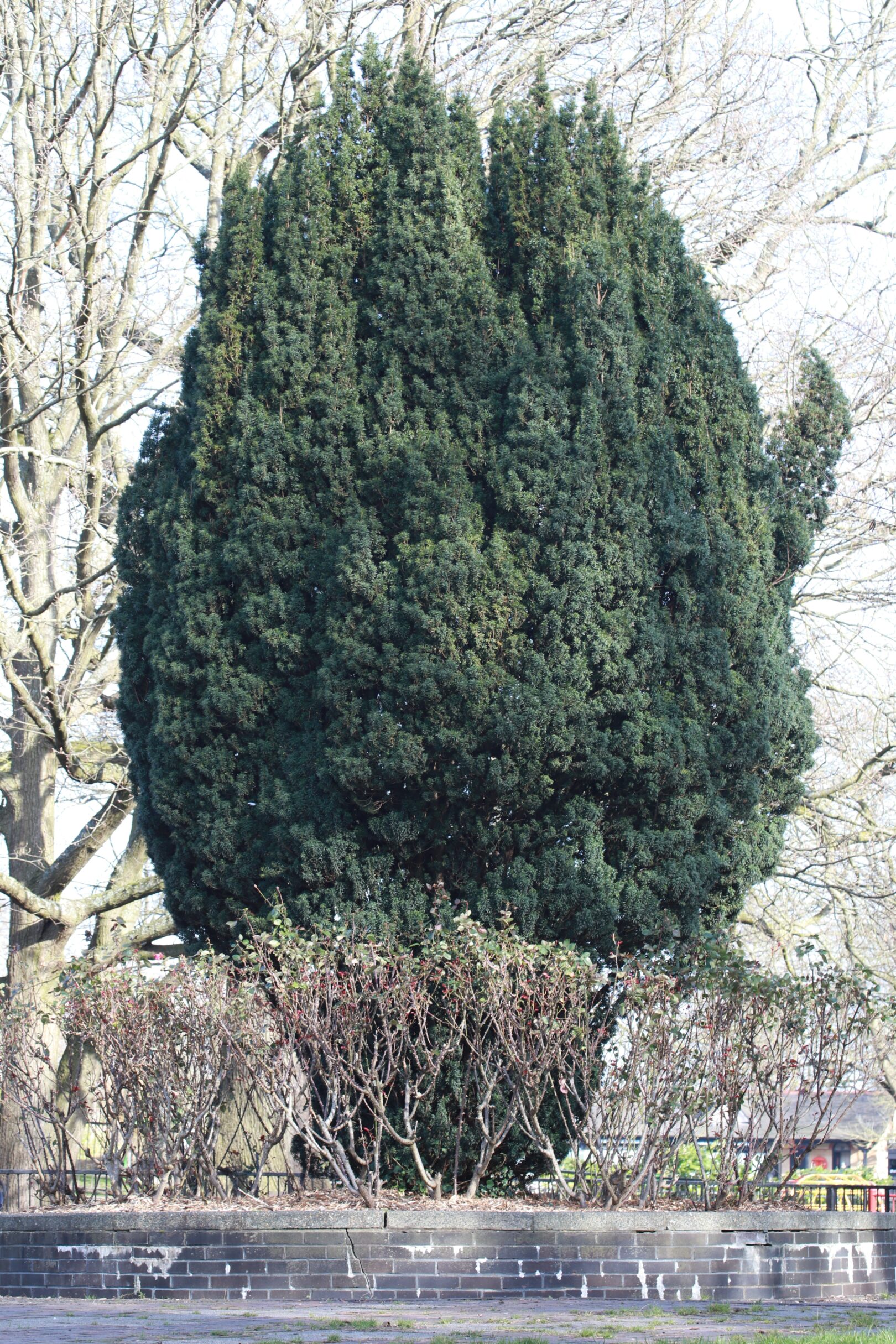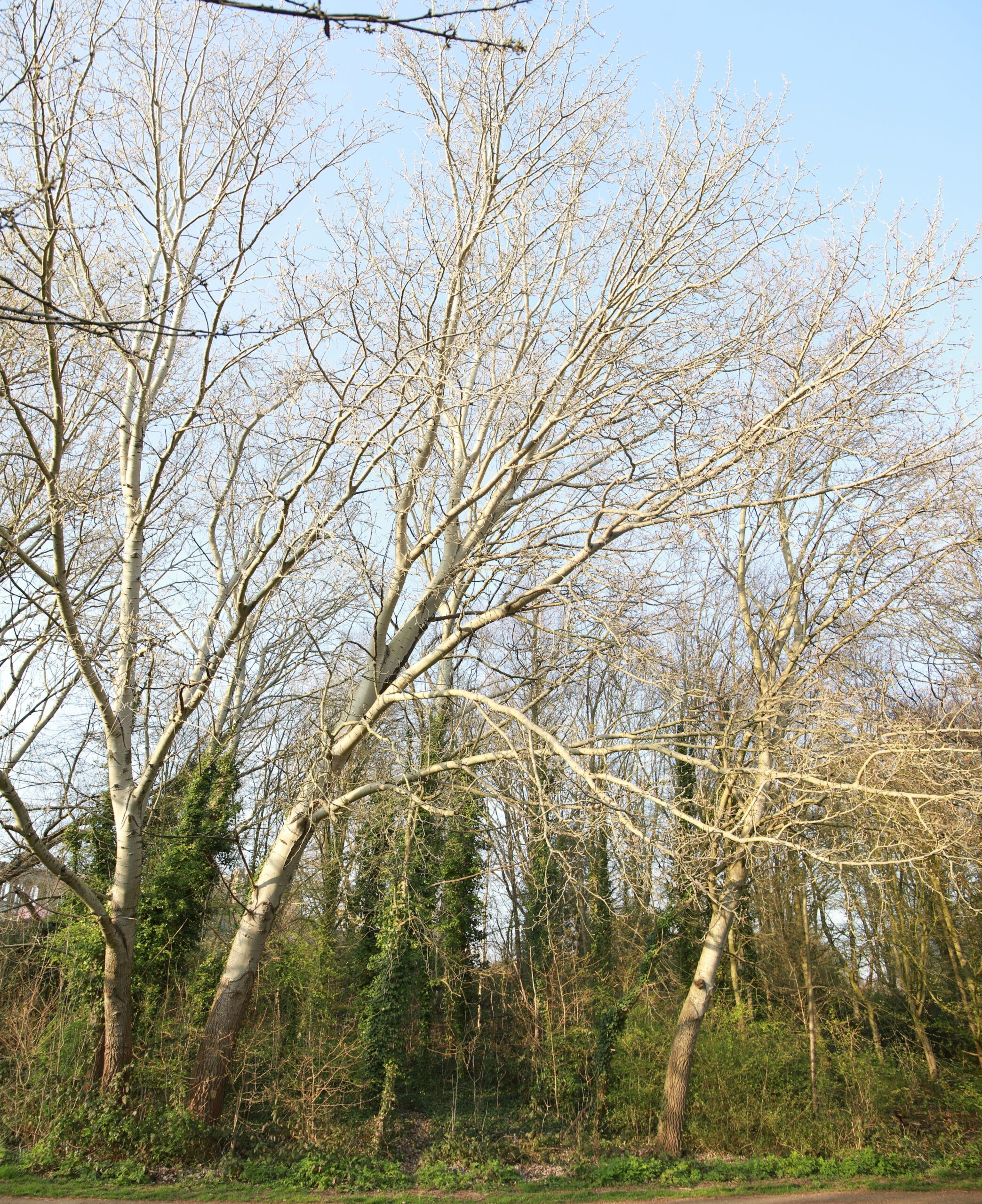There are more than 7,000 trees in Alexandra Park and our resident expert, Stephen Middleton from The Friends of Alexandra Park, is introducing us to some of this favourites.
Don’t eat me! The Irish Yew (Taxus baccata ‘Fastigiata’) is as poisonous as the common yew with the roots, branches and leaves all containing the same poisonous taxines.
Starting by the graffiti wall near the Boating Lake, walk towards the nearest exit of the park and to the left of your path in a circular brick structure, and surrounded by roses, is our February Tree of the Month.
The Irish yew was first discovered in the mid to late 1700s by George Willis, a tenant farmer for Lord Eniskillen. Two unusual yews were found and planted, one by the farmer (which died in 1865) and one on the main estate. The latter tree, the mother of all Irish yews, is still alive today. It can be seen at Florence Court in County Fermanagh which is now owned by the National Trust.
Many cuttings were taken over the years from this original female tree and our tree of the month is likely to be a descendant of one of these.
As the trees were propagated by taking cuttings, they have the same DNA as the original tree and all true descendants are female although very occasionally a male branch may appear on these female trees.
Our tree is the typical shape of an Irish yew – very upright. The branches grow upwards rather than out from the tree. This makes it easy to maintain. Over the years, however, the trees will tend to bush out as has happened to the original tree.
The leaves on the Irish yew are darker than the common yew and are found all around the stem whereas the common yew has leaves arranged horizontally.

This tree is planted for its beauty and is sometimes used in hedging and for topiary (making shapes out of trees).
The scientific name for the Irish yew breaks down into taxus=yew, baccata=having berries and fastigiata=upright. The yew is relatively unusual for a conifer in producing the red arils, the berry-like fruit of the tree.
Our tree of the month is at the moment producing very small pointed bud-like female flowers among the leaves which will develop into the red arils in autumn.
Want to learn more about trees? The Friends of the Park are running a Spring Tree Walk on Saturday, 15 March at 11am please see their website for details.






